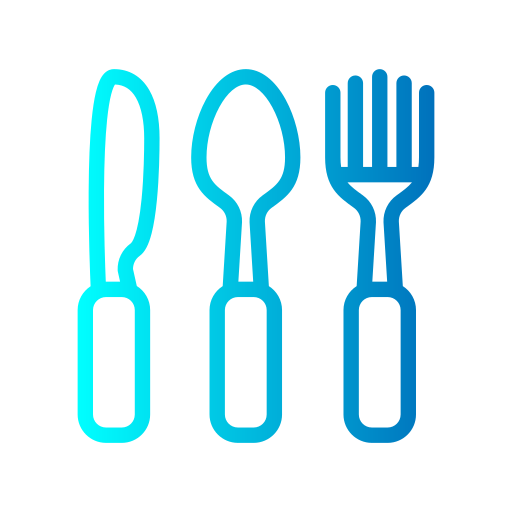Can You Eat Cold Mince?
Understanding whether you can eat cold mince is crucial, not only for safety but also for culinary exploration. Mince is a versatile ingredient that features in many delicious dishes. But when it comes to leftovers, the question often arises: can you eat it cold? This article delves into the safety, nutritional benefits, and serving suggestions for cold mince.
Essential Highlights
- Cold mince is generally safe to eat if it has been properly stored.
- Understanding food safety guidelines is essential to preventing foodborne illnesses.
- Cold mince offers the same nutritional benefits as when it’s hot, though some may prefer reheating for taste and texture.
- Versatile usage: Cold mince can be used in salads, sandwiches, and wraps.
- Ensure mince is stored in airtight containers and consumed within 2-3 days of cooking.
Table of Contents
- Understanding Food Safety with Mince
- Nutritional Benefits of Cold Mince
- Culinary Uses for Cold Mince
- Storage Tips for Leftover Mince
- Frequently Asked Questions
Understanding Food Safety with Mince
Eating cold mince is generally safe, provided it is stored properly. Mince, when not handled according to food safety standards, may pose a risk of food poisoning. Here are key things to keep in mind:
- Temperature Control: Mince should be fully cooked and then rapidly cooled. Use a thermometer to check that the internal temperature reaches 160°F (71°C) during cooking.
- Refrigeration: Store mince in an airtight container in the refrigerator within two hours of cooking to inhibit bacterial growth.
- Consumption Timeline: It’s best consumed within 2-3 days of cooking to ensure safety and freshness.
For a deeper understanding of food safety, check out this guide by the USDA.
Nutritional Benefits of Cold Mince
Cold mince retains all the nutritional benefits of hot mince. Whether consumed hot or cold, mince is a rich source of protein, iron, and vitamins. Here’s what you gain:
- Protein: Important for muscle repair and growth, mince is particularly rich in amino acids.
- Vitamins & Minerals: Provides essential B vitamins (B12, B6) and minerals such as zinc and selenium.
- Fat Content: Depending on the type of mince, it can be a source of healthy fats, although lean varieties are preferable for lower fat content.
Nutritional profiles of mince types can be further explored on the British Nutrition Foundation website.
Culinary Uses for Cold Mince
Cold mince can be used in creative and convenient ways. Unlike its hot counterpart, cold mince offers unique textures and flavors suitable for a variety of dishes:
- Salads: Enhance your salads by adding cold mince for a protein boost.
- Wraps & Sandwiches: Cold mince serves as a great filling, offering a hearty bite.
- Cold Dishes: Utilize it in cold pasta or grain-based dishes—spice up the dish with herbs and dressing.
For more culinary inspiration, browse recipes on BBC Good Food.
Storage Tips for Leftover Mince
Proper storage is key to maintaining the quality and safety of cold mince. To make sure your mince remains fresh:
- Airtight Containers: Use sealed containers to prevent contamination.
- Refrigerator Storage: Keep mince on a refrigerator shelf, not the door, for constant temperature.
- Labeling: Note the cooking date to keep track of freshness.
Further reading on proper storage methods can be found on nhs.uk.
Frequently Asked Questions
- Can I eat mince straight from the fridge?
- Yes, as long as it has been cooked, cooled quickly, and stored properly.
- What if my mince has a slightly off odour?
- Discard mince with any suspicious smell to avoid food poisoning.
- How long can cold mince be kept in the refrigerator?
- It should be consumed within 2-3 days after cooking.
- Can cold mince cause digestive issues?
- If improperly stored, it may lead to foodborne illnesses, so ensure it’s safely stored.
- Is reheating cold mince beneficial?
- Reheating can improve taste and texture, although it’s not necessary for safety as long as the mince has been properly handled.
For more information on mince and other foods, visit the Can You Eat – Mince page and explore their extensive resources.

Leave a Reply